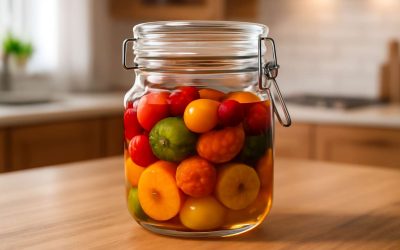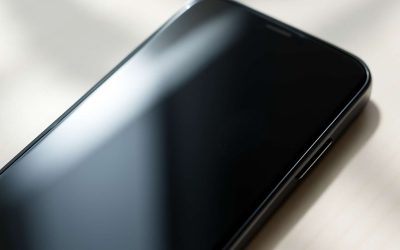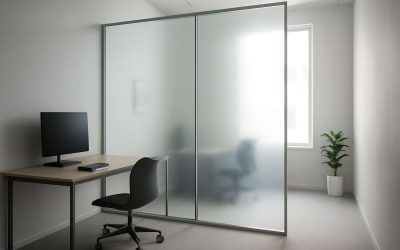
Using chemical strengthening techniques, glass is more resistant to scratches and breakage. It is an ideal choice for applications involving harsh environments and high-performance requirements. Chemically strengthened glass is also more resistant to thermal shock. This type of glass is used for a variety of demanding applications, including automobile rear windows, architectural glass tables, and shower doors.
The strength of the glass increases by 6-8X. There are two main processes for producing chemically strengthened glass. One of these processes is called ion-exchange. In this process, sodium ions in the glass are replaced by potassium ions. This creates a micrometer thick layer on the surface.
Another process involves heat tempering, which creates a tough outer surface. Heat tempering also enhances the glass’s resistance to high temperatures.
Glass is a very complex material. Corning’s glass scientists are constantly working on improving their compositions to ensure that the glass maintains its strength after nicks and blemishes. They use a proprietary combination of compounds to keep the glass strong after nicks or scratches.
Chemically strengthened glass has improved impact resistance, scratch resistance, and a reduction in optical distortion. As a result, it is often used in products such as bulletproof glass and diving masks. This method is referred to as ion exchange or chemical strengthening. Other types of processes include thermal and pressure treatments.
The ion-exchange process is not a new method, but it has been developed in the past 50 years. During the process, the larger potassium ions replace the smaller sodium ions. These larger ions then form a thick, compressive stress layer on the glass’s surface. Afterwards, these larger ions squeeze into the gaps left by the smaller sodium ions, resulting in a hardened and toughened surface.
When applied to thin glass, chemical strengthening is considered the most efficient way to strengthen the material. However, it is not suitable for metallic glasses. A chemically strengthened glass must have sufficient mechanical strength.
The application of chemically strengthened glasses could reduce the weight of passenger cars, trains, and buses. It may also be used in wearable electronic devices. This material is also ideal for hurricane-resistant architectural windows.
To determine the strength of the specimens, a Vickers microindenter Duramin 5 was used. The indentation holding time was five seconds, with a load of 0.5 N. Additionally, a Weibull distribution was used to measure the probability of failure at each breakage.
The results showed that the maximum value of the compressive stress was 905 MPa for a sample with 13 nm a-Al2O3 in the slurry. This indicates that the largest effect on the glass’s hardness was due to the annealing process.
Although the science behind the stress generation process is unclear, the basic concept is relatively well understood. By varying the depth of penetration and the time spent in the bath, the depth of the ion exchange can be increased, resulting in a more robust, stronger surface.
Various chemicals are used in the slurry, including potassium nitrate, soda lime, and potassium hydroxide. The amount of each of these compounds in the slurry is controlled to ensure that the desired results are achieved.



0 Comments